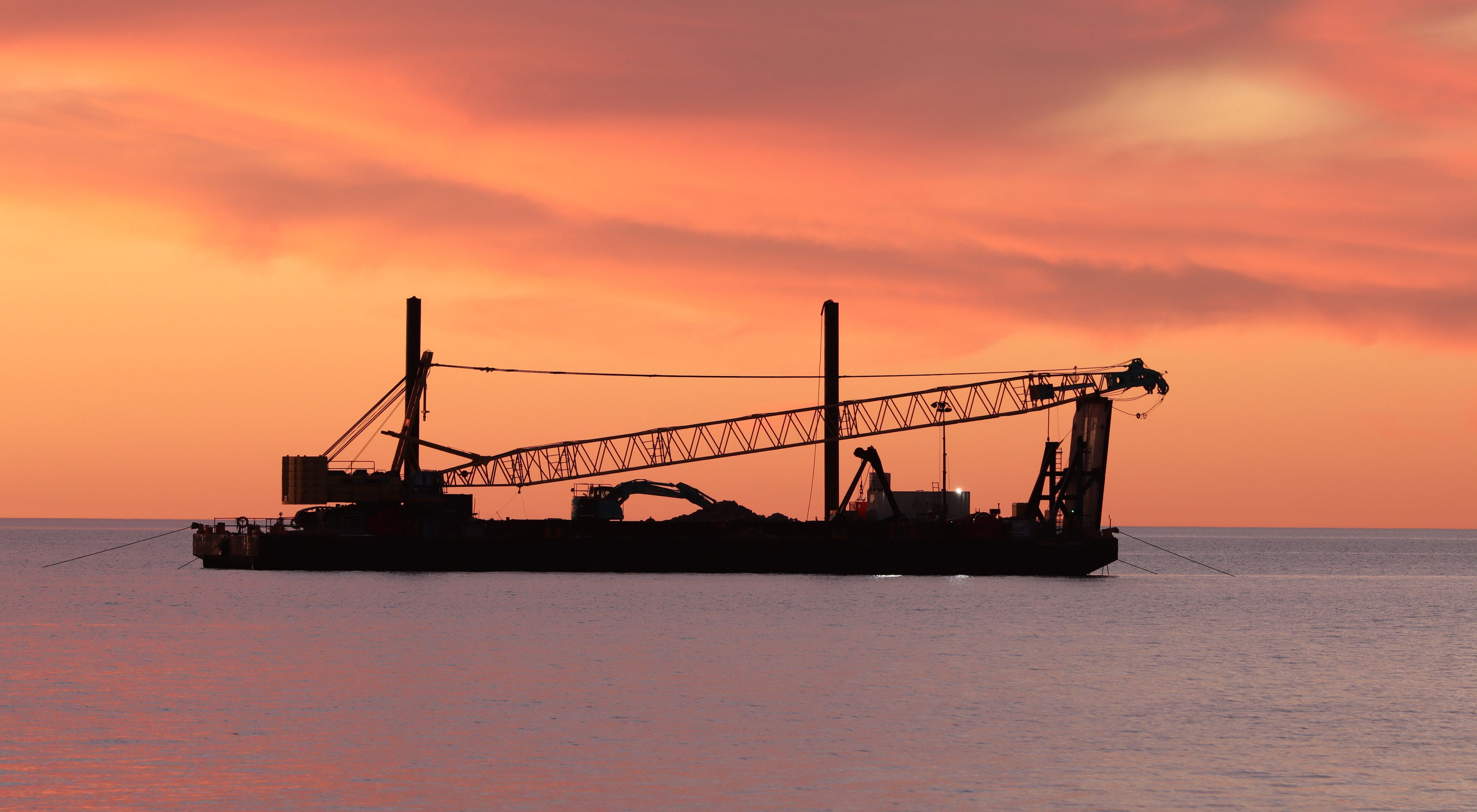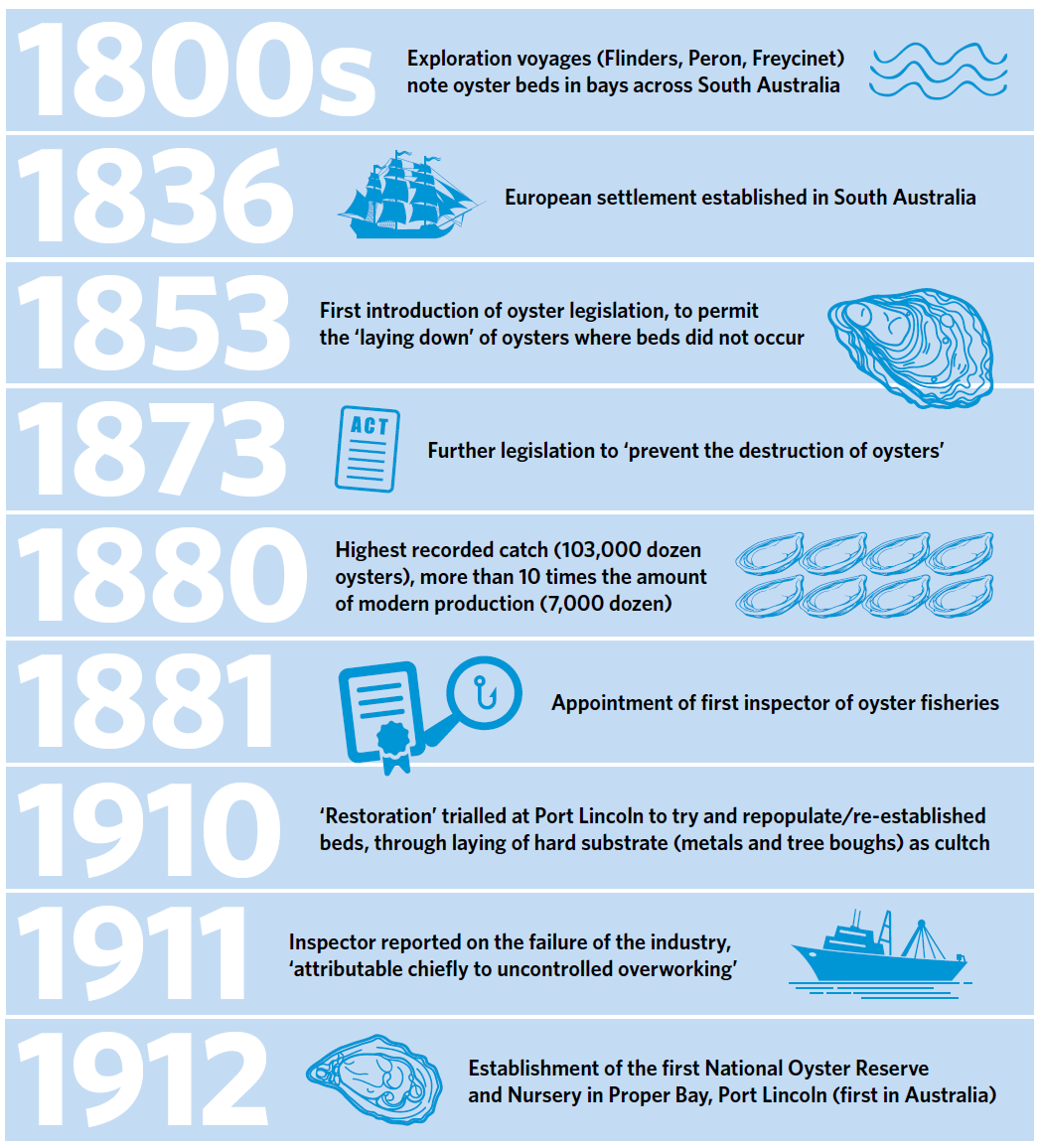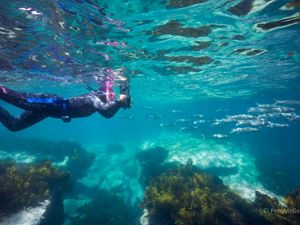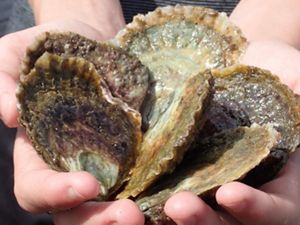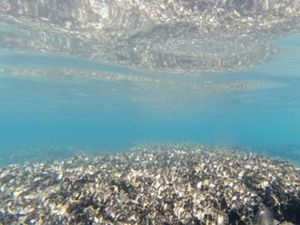Expanding reef restoration to O’Sullivan Beach
Restoring South Australia's shellfish reefs
In 2017, TNC and partners set out to restore shellfish reefs along the South Australian coastline. We began with a $4.2 million initiative by constructing a 20-hectare reef at Windara, followed by a second initiative at Glenelg.
Both reefs show extraordinary signs of new life. Oysters as big as an adult hand are thriving. Wildlife has been spotted enjoying the reefs with squid, whiting and even blue swimmer crabs.
We’re excited to continue reef restoration in South Australian waters as we expand this work to O’Sullivan Beach.
O’Sullivan Beach reef restoration
In November 2021, construction started at O’Sullivan Beach. The reef is 500m offshore at a depth of approximately 10 metres and made of over 4,000 tonnes of limestone. The limestone was seeded with 3.6 million baby oysters that were grown on recycled oyster shells.
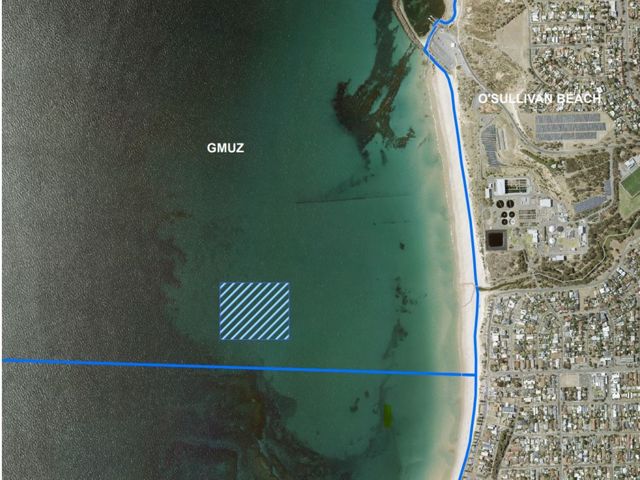
The project is part of Reef Builder, Australia’s largest marine restoration initiative that aims to return shellfish ecosystems from the brink of extinction.
Research has found that more than 85% of the world’s shellfish ecosystems have been lost. Shellfish reefs, made from billions of oysters and mussels, were once found in more than 200 locations across Australia. Now, less than 10% remain.
With support from the Australian Government, the national Reef Builder project is currently restoring shellfish reefs in 13 sites across Australia.
View the gallery:
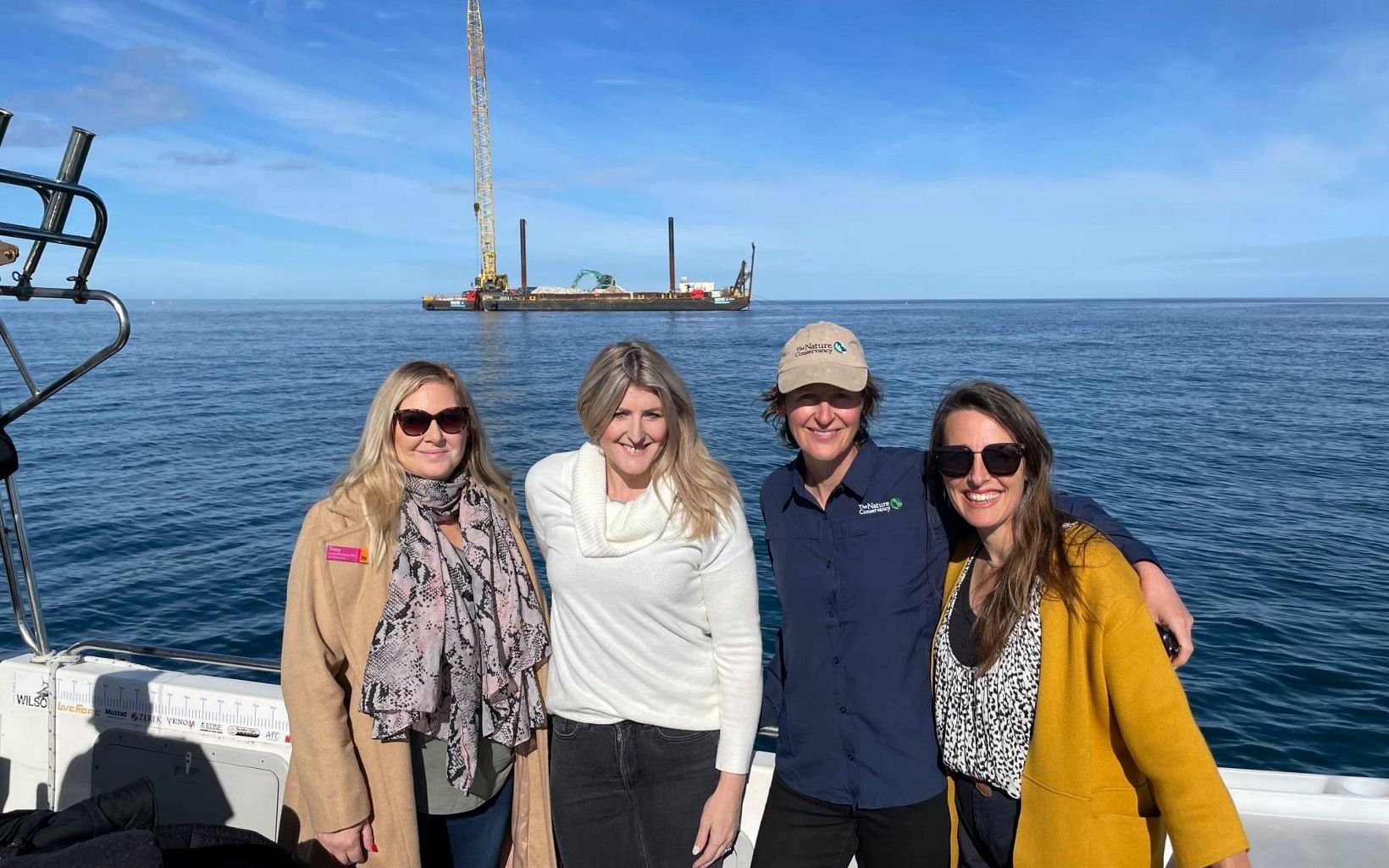
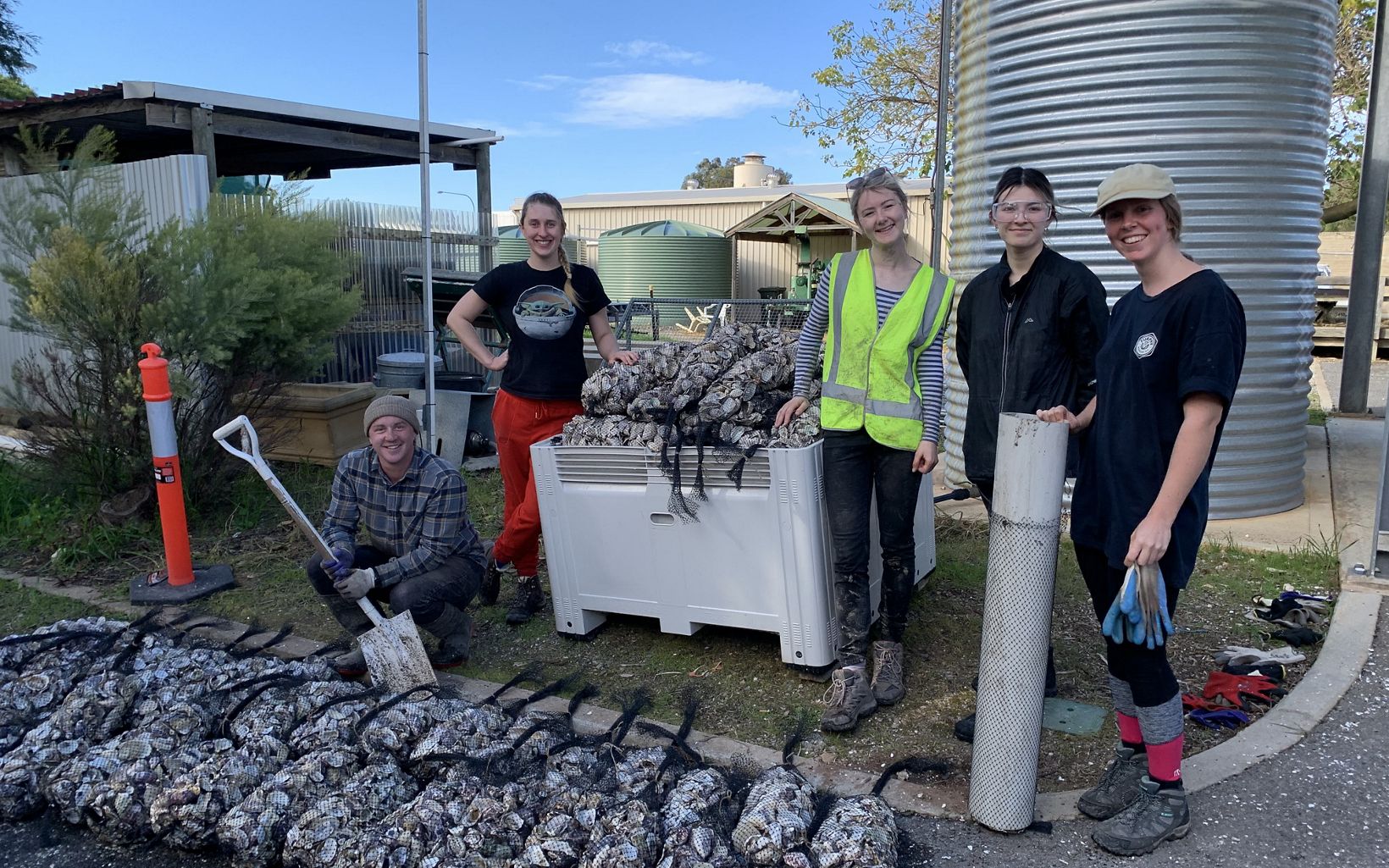
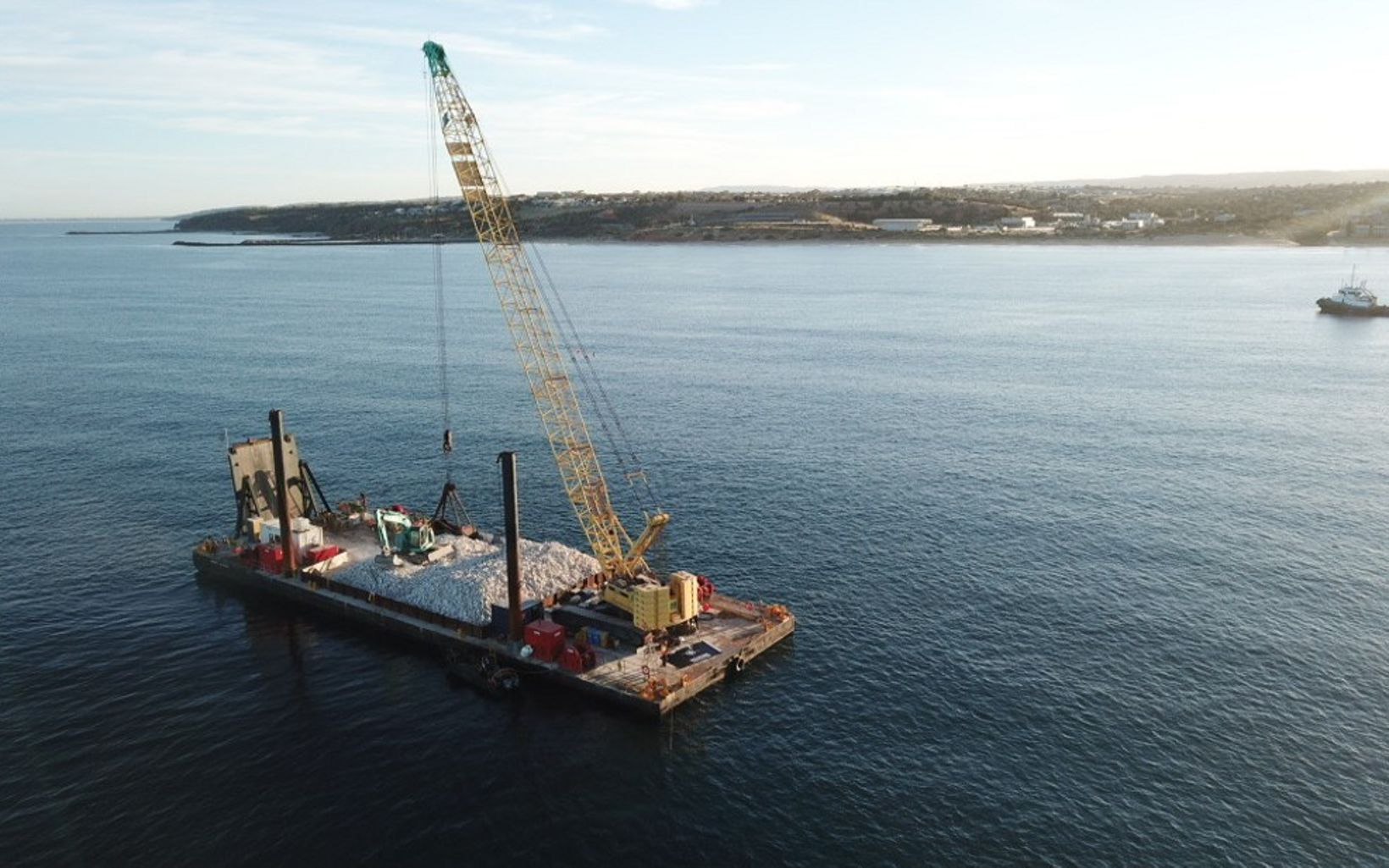
The disappearance of lost reefs
South Australian waters were once teeming with shellfish reefs. At one point, these ecosystems were so abundant that they covered more than two thirds of the South Australian coastline. Reefs played a crucial role in the region’s ecological health — helping to improve water quality through filtering, and providing crucial habitat for marine life.
In the 1800s, when Europeans settled in Australia, large amounts of oysters were harvested for food to support growing colonies.
In the early 1900s, oyster reefs were dredged as a source of lime and construction materials to form the foundations of city infrastructure such as bricks and concrete.
Over time, urban and agricultural runoff flowing into Adelaide’s coasts reduced water quality and clarity. With extensive development, the Adelaide metropolitan coastline has experienced significant environmental degradation.
History of oyster management and reform in South Australia
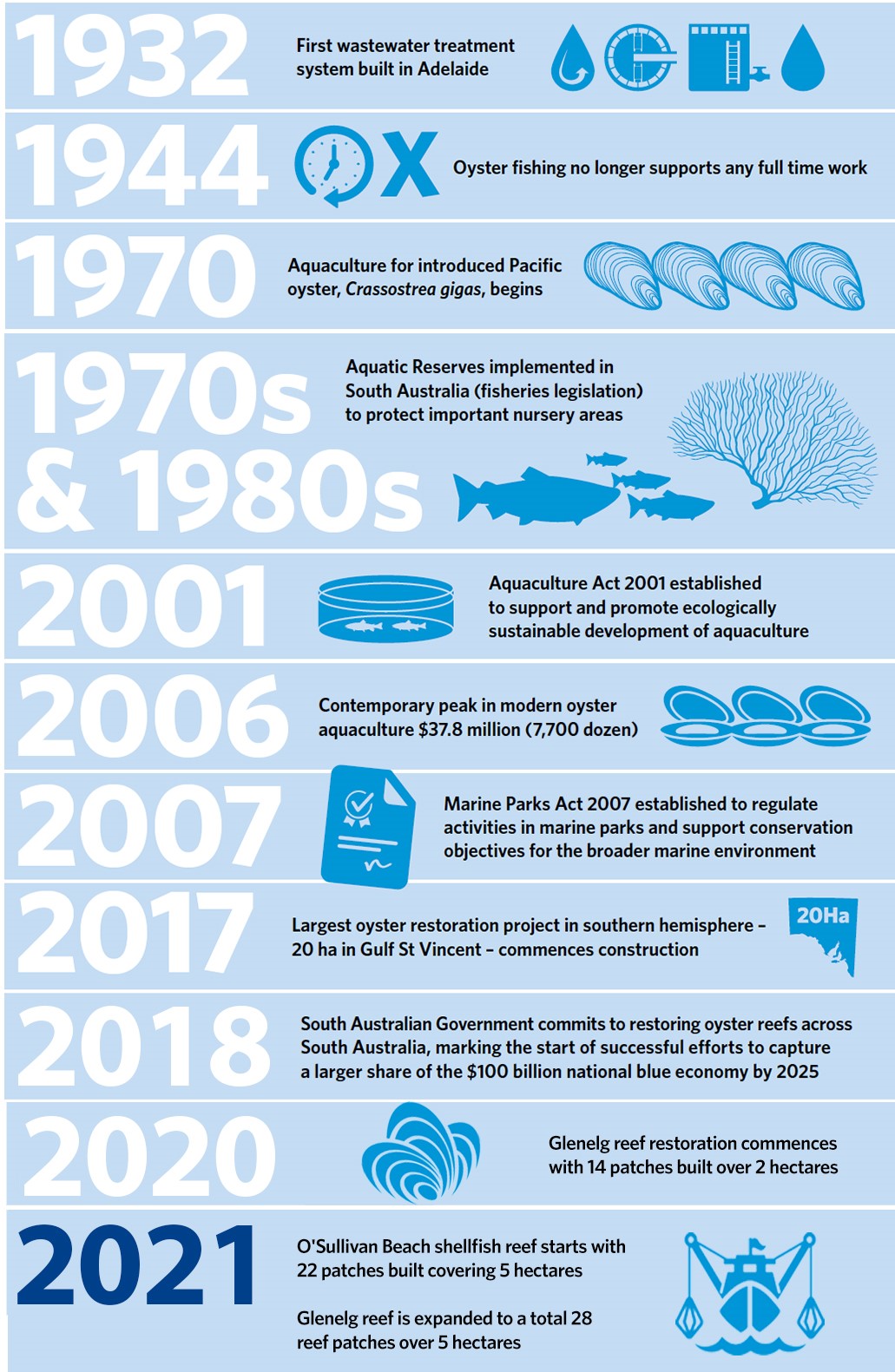
The future of reefs in South Australia
So far, we have restored three reefs across South Australia:
- Windara Reef, off the coast of Yorke Peninsula in Gulf St Vincent
- Glenelg, off the coast of Adelaide
- O’Sullivan Beach, off the coast of Adelaide
New shellfish reefs now cover over 30 hectares, with early signs of success seen across the sites. This includes strong oyster production and marine life recorded enjoying the habitat.
Ongoing tracking and monitoring will occur to ensure we sustain the natural production of the reef.
In 2022, we’re excited to kickstart another reef in South Australia at Kangaroo Island as part of the Reef Builder initiative.
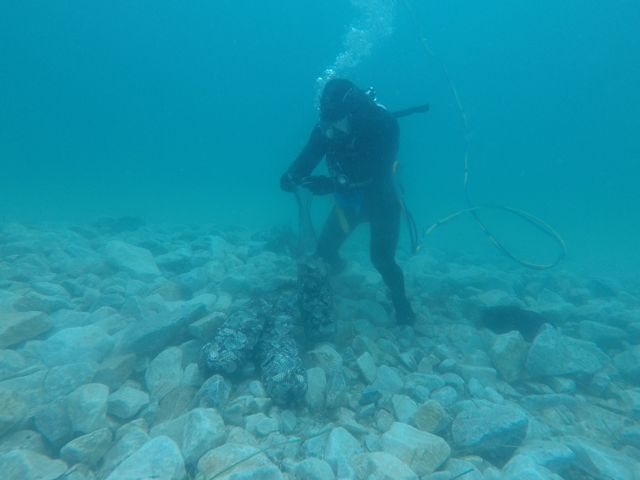
Benefits of shellfish reefs
Shellfish are ecosystem engineers. They provide habitat for around 100 species of fish and invertebrates like shrimps and crabs. They also filter water, stabilise sediment and transfer nutrients from the water column to the surrounding reef community.
By bringing back Australia’s most threatened marine ecosystem, these native shellfish reefs will return a wealth of benefits for people and nature including:
- improved local fish populations, as reefs act as fish nurseries
- better water clarity due to the filtration power of oysters
- increased shoreline protection
- extra feeding habitat for threatened migratory shorebirds
- an overall increase in biodiversity
- more opportunities for recreational fishing, economic development and tourism
You can help us restore shellfish reefs across southern Australia.
Just $35 per month for a year, can buy enough oysters, mussels and limestone to build 8m2 of reef.
